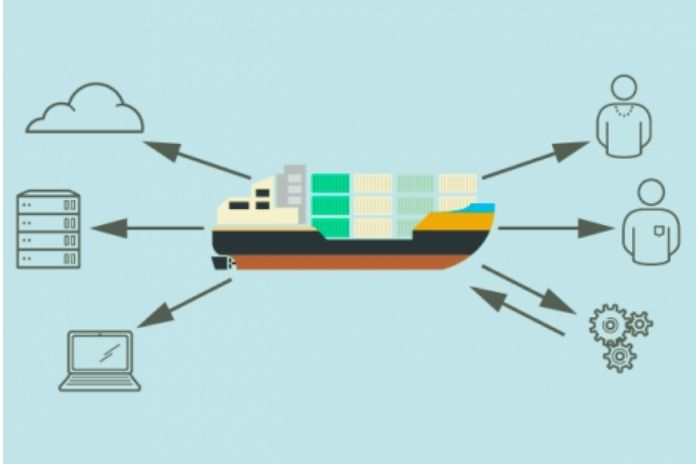With the beginning of the corona pandemic, many companies stepped up their digitization efforts. container technology is most important, When migrating to the cloud,. Those responsible for IT should always take these six significant developments into account.
The corona pandemic and the associated developments such as the strong growth in e-commerce or working from home have led many companies to accelerate their digital transformation and thus also their migration to the cloud. A central aspect is the transformation processes towards a cloud-native architecture based on container technology, which promises to maximize the advantages of the cloud.
Not only companies but also developers can benefit from cloud-native technologies and thus significantly increase their efficiency. Because cloud-native architectures are mapped using container technology, they have become the simplest variant of the best possible cloud usage. Cloud experts have summarized six critical trends for container technology this year
Container Technology Is Developing Into The New Interface In Cloud Computing
The new interfaces will further adapt the essential functions of cloud and edge computing to one another. This further promotes the standardization of edge products and accelerates container applications in Edge, IoT and 5G. This is important because these technologies have to develop further in the course of high-density and high-frequency scenarios. A continuous revision of the cloud computing architecture to prepare for the techniques mentioned earlier is also essential.
High Automation Of Cloud-Native Applications
Cloud-native architectures naturally enable a high degree of automation. This advantage can be used to the full when developing cloud-native applications; this also applies to maintaining the number of replicas, version consistency, error repetition and asynchronous event control. As a result, we will see a significant increase in automation in application deployment, risk prevention and control and operator runtime in 2021.
Application-Centric And Highly Scalable Upper-Layer Platforms
An easy-to-use and scalable upper-layer platform based on standard application models will replace traditional platform-as-a-service solutions in the long term and develop into the new mainstream. Since application-centric software is complex and its use brings many challenges, platforms that are easy to use will prevail.
Fast Cloud Edge Integration Through Container Technology
With the integration of AI, IoT and Edge Computing, more and more companies will be confronted with more significant scaling and complexity scenarios. In addition, edge computing will continue to establish itself as an extension of cloud computing in hybrid cloud scenarios. This requires an infrastructure that enables decentralization, autonomous edge facilities and edge cloud hosting. The development of infrastructures such as 5G and IoT will also significantly accelerate the growth of edge computing.
Cloud-Native Data Transformation
Nowadays, data is a company’s most valuable asset. In the next few years, cloud-native technologies will increasingly promote data-driven applications that support companies’ intelligent IT transformation. For example, the be-all and end-all will be the development of a uniform cloud-native basis to support AI and significant data processes.
Container Technology: Security Becomes The Top Priority
Containers may have become the standard for the delivery of applications and computing resources in the cloud-native era. Nonetheless, container technology still faces significant challenges in the cloud computing environment. The topic of security, in particular, will become a top priority this year: Different aspects from the container runtime, which has to guarantee optimal security isolation, to the so-called “lightweight” virtualization.
ALSO READ: Customer Relationship Management: 3 Opportunities Use Of AI in CRM

